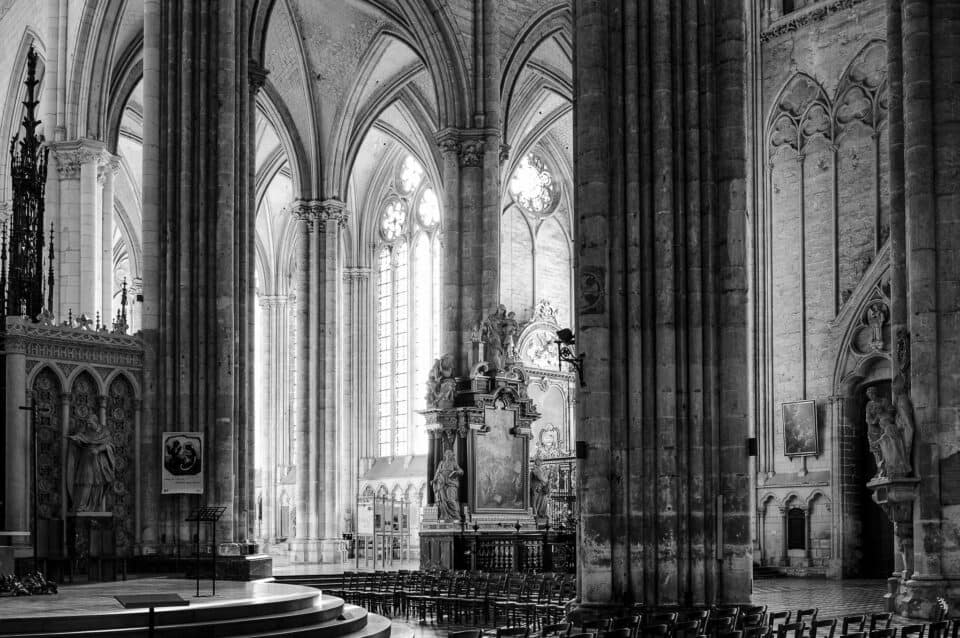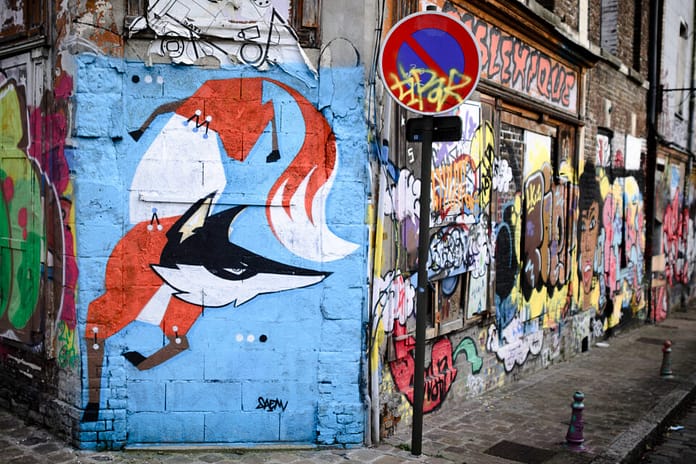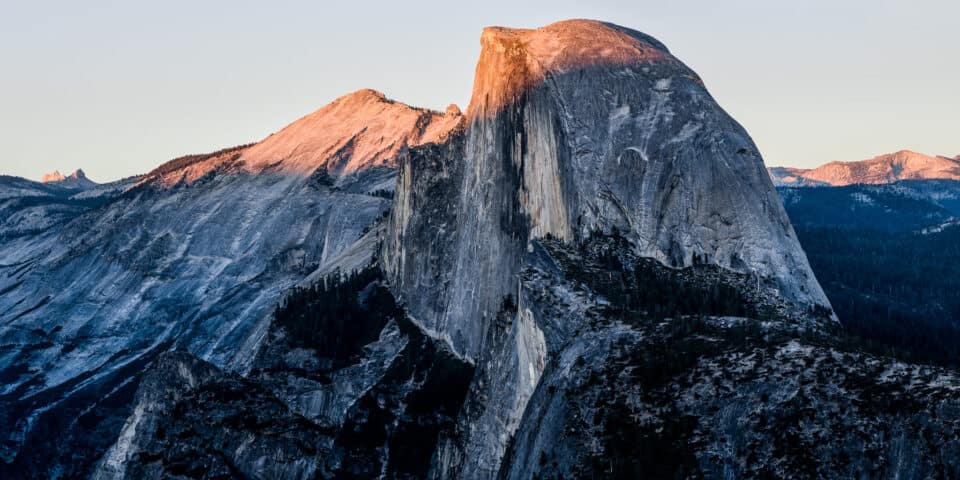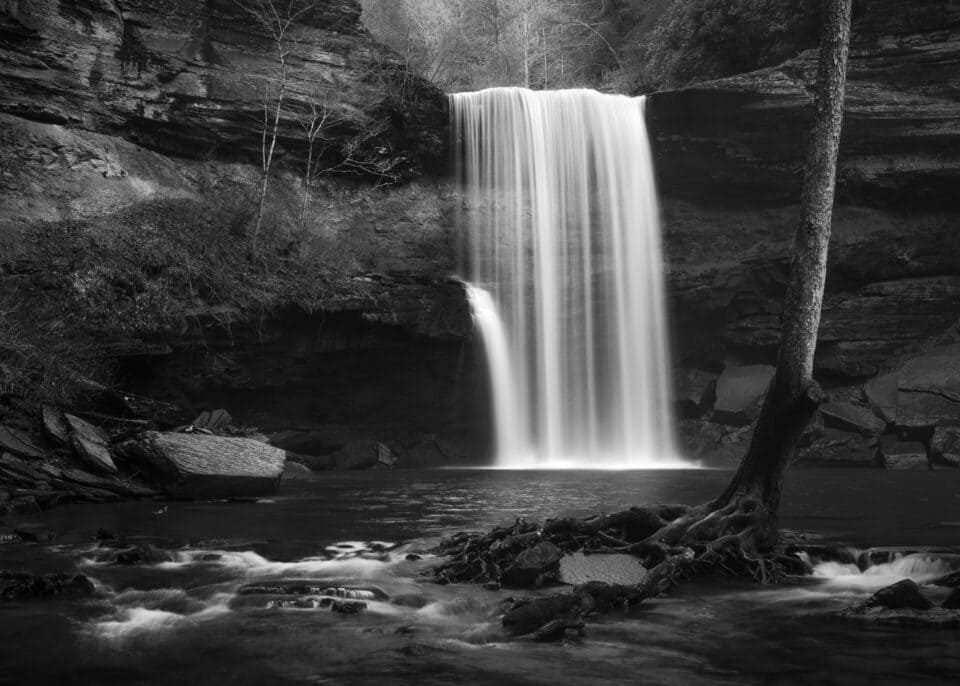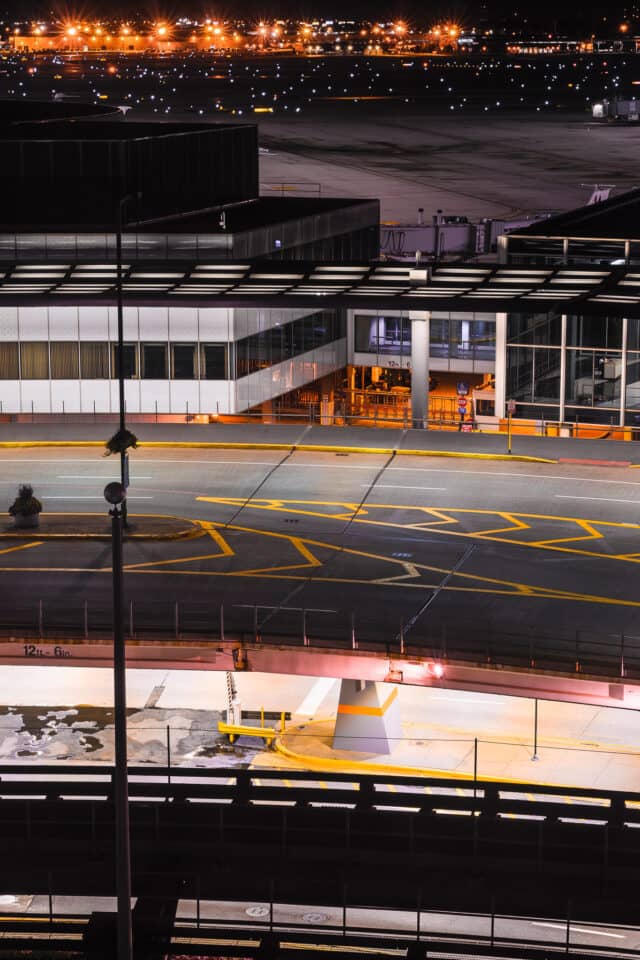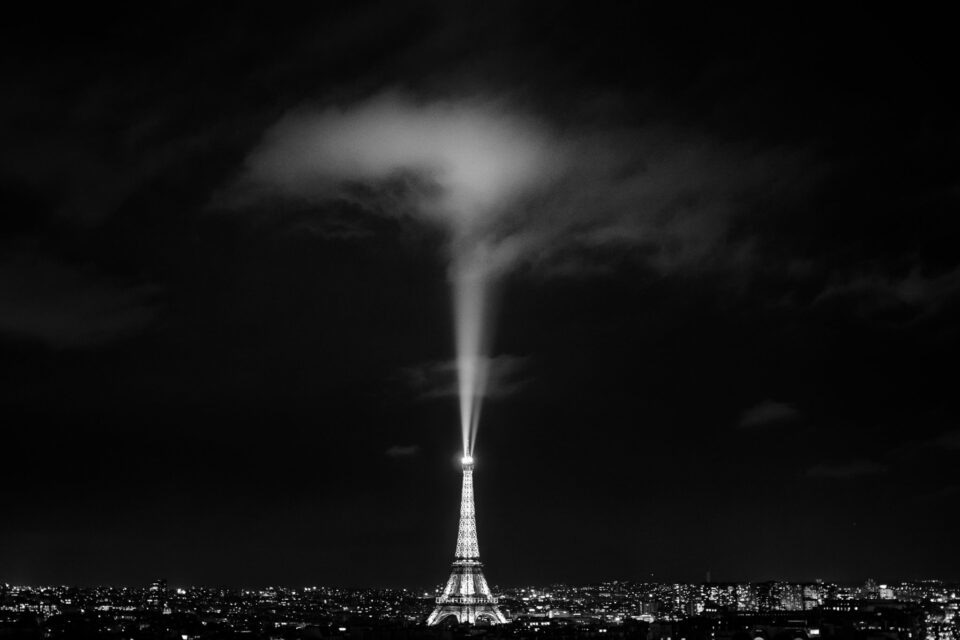Zoom lenses are convenient, as everyone knows. I’d imagine that the vast majority of us started our photography with a simple 18-55 kit lens – I know I did, and I used it to take some of my favorite photos. However, it never seemed like a good fit for my style of photography. My first prime lens was the Nikon 105mm f/2.8G VR macro, a truly fantastic lens. At the time, I had never attempted macro photography. It is no exaggeration to say that the 105mm macro opened new worlds for me, and its sharpness was unbelievable. I had discovered the magical world of prime lenses.
Fast forward to today, where I’m shooting with just three lenses, all primes: the Nikon 24mm f/1.4G, the Sigma 50mm f/1.4 Art, and the Nikon 105mm f/2.8G VR. For the most part, I photograph landscapes, cities, and macro scenes, and I have found this trio to be amazing for my needs. People say all the time that zooms are more versatile and convenient than prime lenses, which, in some ways, is true. However, a prime lens can be more flexible than it may seem at first.
With few exceptions, a prime lens will either be better optically, have a wider maximum aperture, or weigh less than a zoom of the same price and manufacturer. The prime lenses which are similar to zooms in these three categories (for example, the Nikon 105mm f/2.8G VR macro or the 24mm f/3.5 PC-E lens) tend to have some special feature which makes them worthwhile anyway (macro or tilt-shift capabilities, in this case).
The point is, prime lenses will almost always have some advantage over zoom lenses. Unfortunately, you pay for this advantage by losing versatility. Or do you?
Since I have adopted a style of prime-only photography, I have noticed quite a few scenarios which may have seemed unsuitable for a prime lens, but were actually not problems at all.
As I said above, I mostly focus on landscapes, cityscapes, and macro photography. Macro photography isn’t as important to this discussion, since there aren’t many good macro lenses that also zoom. Plus, at macro distances, it is extremely easy to “zoom” by moving forwards and backwards; just a few inches can completely change the size of an object in the frame.
Landscapes and cityscapes are completely different, though, and many people would consider zoom lenses for these tasks. Some lenses, such as the Nikon 14-24mm f/2.8G, seem built for these purposes. Still, I think that prime lenses can have an optical and weight advantage here, which could be important to your style of photography.
The biggest myth about prime lenses is that it is impossible to use them for capturing wider or narrower field of view. This isn’t fully true – you can crop to zoom in (as long as cropping is not too extreme), or you can take a panorama to go wider. And both of these may be more practical than you’d think.
I personally feel comfortable cropping an image about 1.5x, using the Nikon D800. This effectively turns the 36 megapixels into 16, exactly like my D7000. This isn’t preferable, but it doesn’t hurt the image too much, if I used good shot discipline to begin with. A 16×24 inch print is still easily within my comfort zone from the D7000, and up to a 24×36 inch print is possible for many photos. Cropping this much on a D800 essentially turns my 24mm lens into a 24-35mm zoom. This isn’t even accounting for moving the camera closer to your subject, which is possible to some degree in most scenes.
What I lose in image quality by “zooming in” with a prime lens, I make up for when I “zoom out”. For most of my images (on a tripod, shooting a barely-moving scene), I find it easy to take a three-photo panorama of vertical images, with about a 35% overlap. Combined in Photoshop, this gets me an 81-megapixel photo in the standard 2×3 aspect ratio. Equivalent field of view: 16mm.
Basically, through cropping and creating a panorama, I can turn a 24mm f/1.4G prime lens into a 16-35mm f/1.4 zoom lens. Sure, the quality past about 28mm isn’t as good as you’d get from a great zoom, but the quality from 16mm to 24mm is definitely better. Plus, the Nikon 24mm f/1.4G is very flare-resistant and it easily takes filters, two more advantages over a zoom like the 14-24mm f/2.8G.
Using this method, my 50mm lens turns into an easy 35-75mm zoom. My 105mm macro becomes a 70-150mm zoom. So, I can cover essentially the whole range from 16-150mm without really having a bare spot.
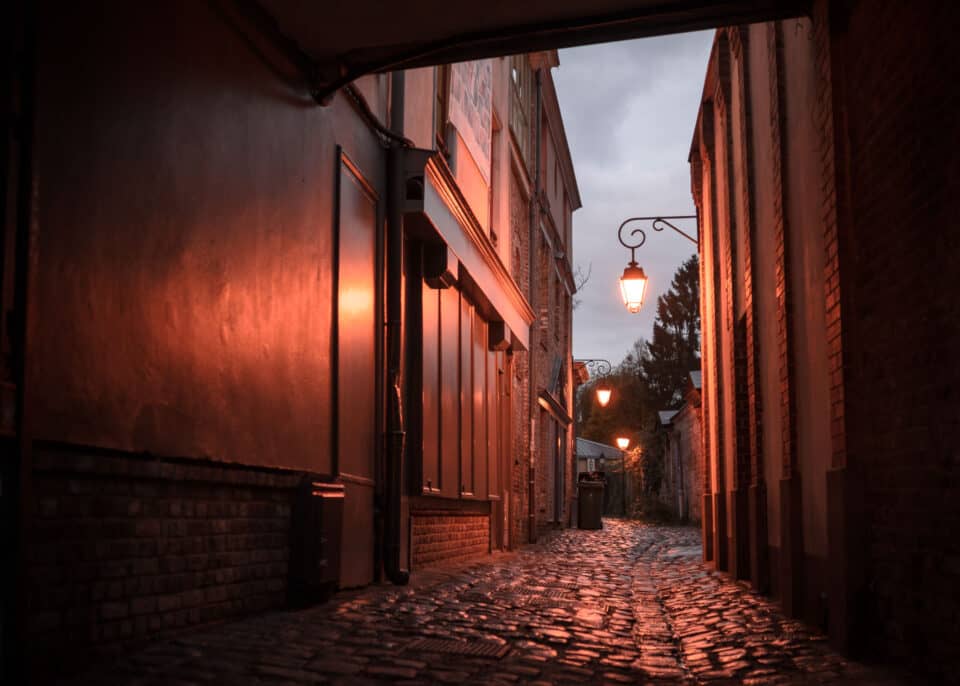
This method isn’t without its flaws. Obviously, it doesn’t work for fast-moving scenes, such as weddings or sports games. And if you have an aversion to cropping, you won’t like it either. Panorama stitching can be an issue with close subjects and use of panoramic heads might be required.
Still, even if I don’t want to crop my photos much and I can’t take a panorama, prime lenses can be very useful. In fact, the vast majority of my photos aren’t heavily cropped, and only a few are panoramas. I find that it tends to be easy to compose with whatever focal length I have, and I don’t worry about what I could be missing. The important thing is that I know there isn’t a focal length that I am completely “missing” throughout that 16-150mm range.
For landscape photographers and cityscape photographers, those who mostly focus on scenes without much movement and mostly shoot at infinity, this method is nearly flawless. Does it take more time? Perhaps, since panorama photos are always more involved than normal photos. Still, if I had a zoom lens, I would probably spend more time trying to get the perfect focal length, and it would probably take me more time overall to compose my images.
Of course, if you don’t like editing photos for too long, then you may not like using this method. Personally, I find it extremely fun to edit my images in Lightroom, and I have no issue spending some extra time post-processing my shots with this method. This method caters to perfectionists, which I certainly am; I once spent fifteen minutes deciding whether to rotate one of my images 0.1 degrees!
All of this is on top of the usual reasons that people like prime lenses – arguably, they force you to think about composition more, and they make it easier to pre-visualize your results. This is a controversial topic, and there are great arguments on both sides. Personally, I find that it is easier to compose images when the variable of focal length has been removed; I know that many people will disagree, which is completely understandable.
As I said above, this all depends on your personal style. If you are a sports photographer, unable to move from your position but still required to get quick shots from different perspectives, a zoom would clearly be useful for your photography. If you shoot handheld scenics and you don’t want to worry about making every frame perfect, a zoom lens is a quicker and more convenient choice than a prime.
But if you primarily shoot from a tripod, either as a landscape photographer or a cityscape photographer, you should take a long look at primes. Zoom lenses could still be fitting for your photography, but it’s important to remember that prime lenses can have a wider range of focal lengths than you may initially think. Plus, they come with all the other optical and weight-related benefits inherent in a lens that doesn’t zoom. For me, these advantages add up quickly. Perhaps you are the same way.



